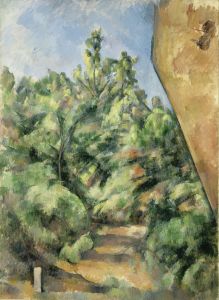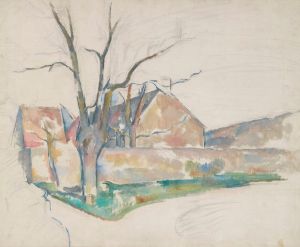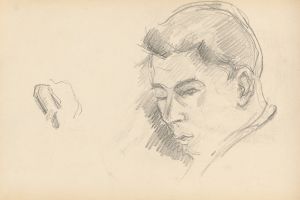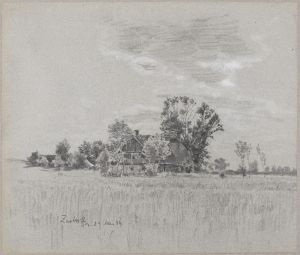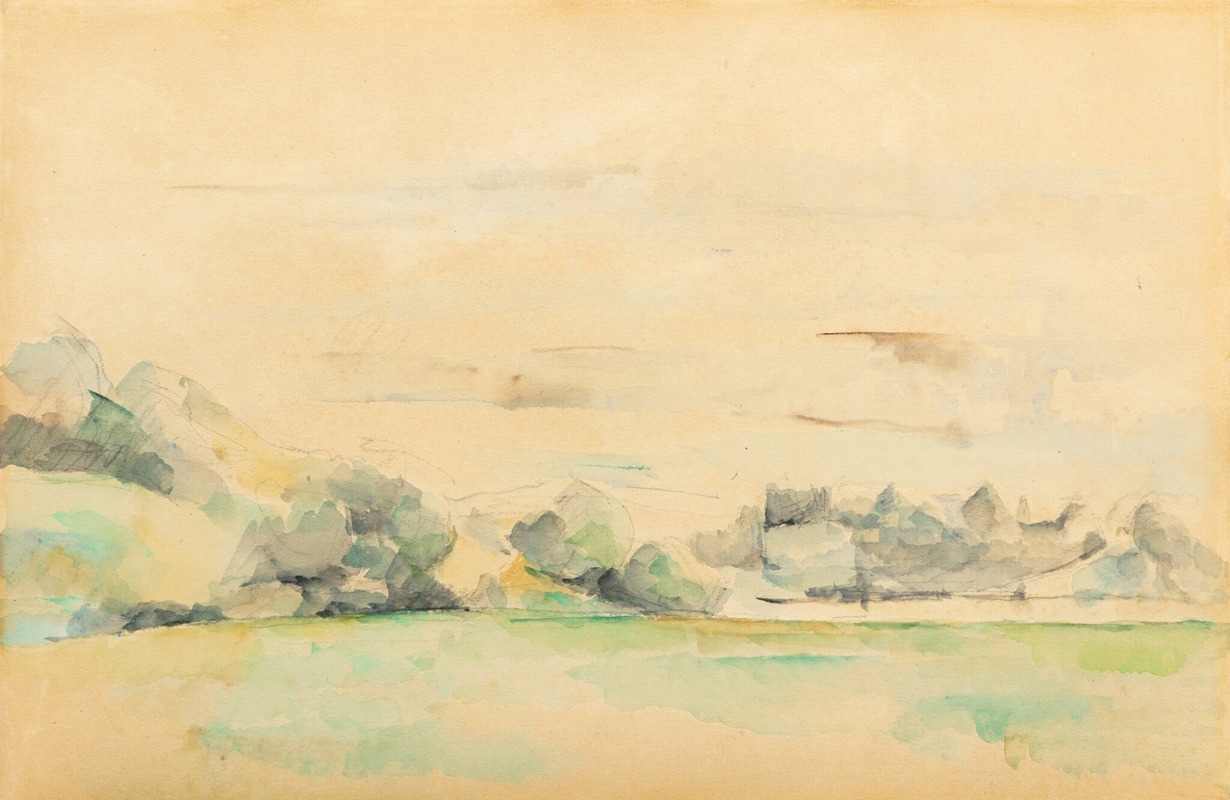
Paysage au bord de l’eau
A hand-painted replica of Paul Cézanne’s masterpiece Paysage au bord de l’eau, meticulously crafted by professional artists to capture the true essence of the original. Each piece is created with museum-quality canvas and rare mineral pigments, carefully painted by experienced artists with delicate brushstrokes and rich, layered colors to perfectly recreate the texture of the original artwork. Unlike machine-printed reproductions, this hand-painted version brings the painting to life, infused with the artist’s emotions and skill in every stroke. Whether for personal collection or home decoration, it instantly elevates the artistic atmosphere of any space.
Paul Cézanne's Paysage au bord de l’eau (translated as Landscape by the Water) is a painting created by the French Post-Impressionist artist, who is widely regarded as a pivotal figure in the transition from 19th-century Impressionism to 20th-century modernism. Cézanne's work is celebrated for its exploration of form, color, and structure, and his landscapes are among his most iconic contributions to art history.
The exact date of creation for Paysage au bord de l’eau is not definitively documented, but it is generally attributed to the later part of Cézanne's career, likely in the 1880s or 1890s. During this period, Cézanne focused intensely on capturing the natural world, often painting en plein air (outdoors) to observe the interplay of light, shadow, and color in real time. This painting exemplifies his approach to depicting the natural environment with a sense of solidity and permanence, achieved through his characteristic use of geometric forms and layered brushstrokes.
The composition of Paysage au bord de l’eau features a tranquil riverside or lakeside scene, with trees, water, and possibly distant hills or structures forming the landscape. Cézanne's use of color in this work reflects his mastery of tonal variation, with blues, greens, and earthy hues creating a harmonious and balanced palette. The painting demonstrates his technique of breaking down natural forms into simplified shapes, a hallmark of his style that would later influence movements such as Cubism.
As with many of Cézanne's landscapes, Paysage au bord de l’eau does not focus on human figures or narrative elements. Instead, it emphasizes the relationship between the natural elements and the artist's perception of space and depth. Cézanne's innovative approach to perspective, which often eschewed traditional linear methods in favor of a more dynamic and fragmented viewpoint, is evident in this work.
The painting is part of Cézanne's broader body of work that sought to capture the essence of the Provençal countryside, where he spent much of his life. His deep connection to the region around Aix-en-Provence is reflected in the recurring themes of his landscapes, which often include rivers, mountains, and rural settings.
Paysage au bord de l’eau is held in a private collection, and as such, it is not as widely exhibited or studied as some of Cézanne's other works. However, it remains an important example of his artistic philosophy and his enduring influence on the development of modern art. Cézanne's ability to convey the timeless beauty of nature through his innovative techniques continues to inspire artists and art enthusiasts around the world.







